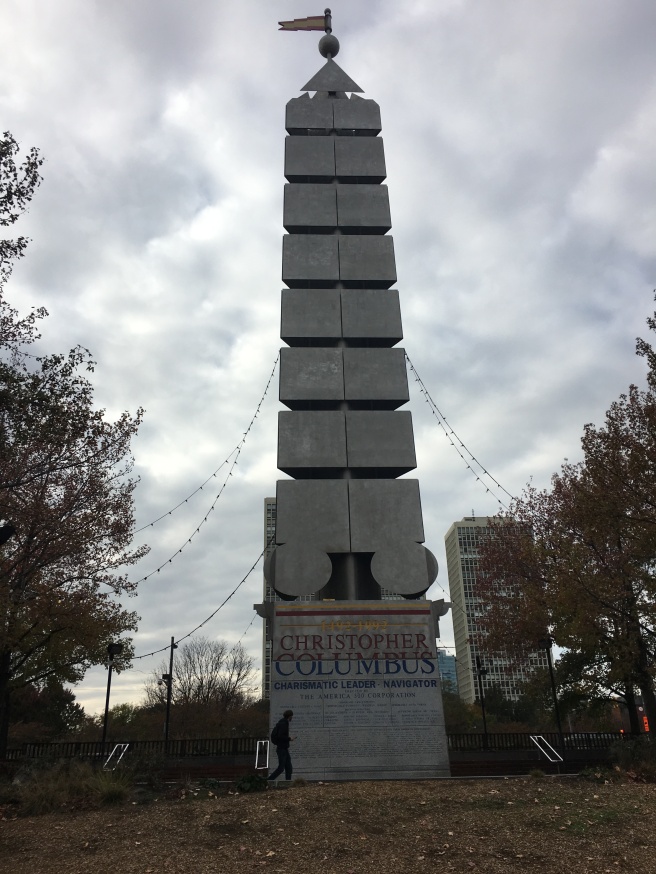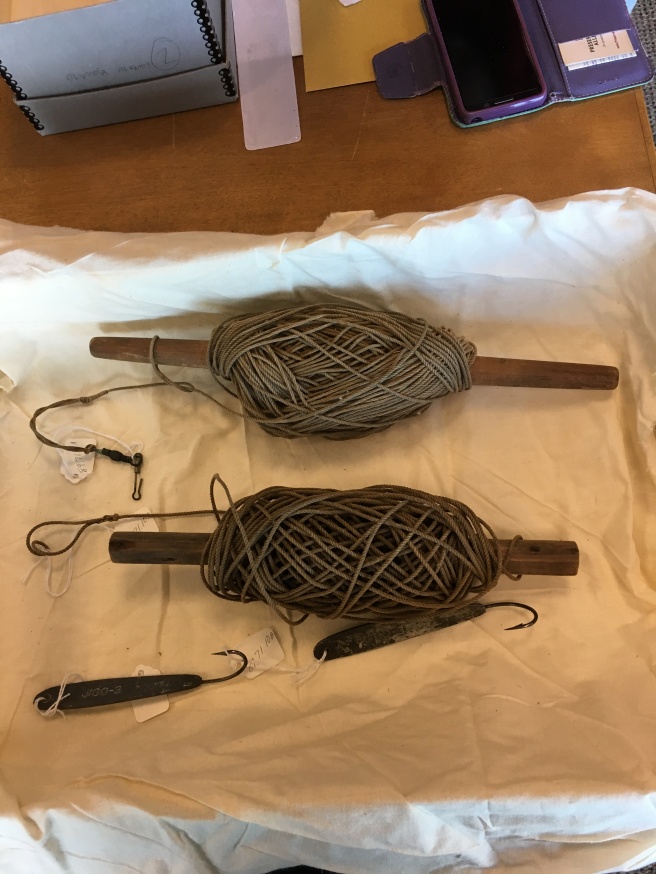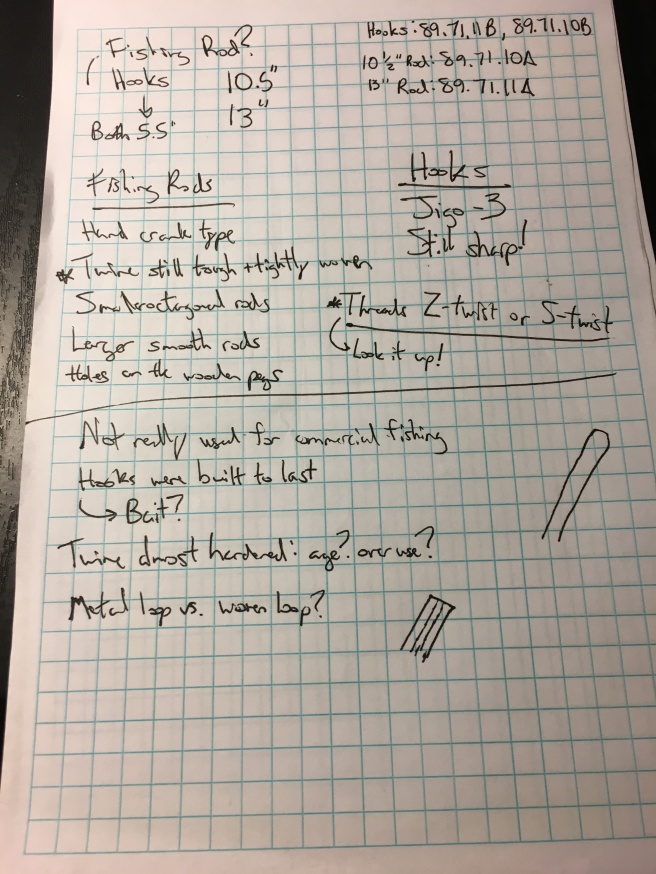My reflective time of walking around the outside of the museum was stopped in its tracks once I encountered the monument to Christopher Columbus. There were plenty of monuments, signs, and etchings commemorating groups and individuals throughout the walk. Both Irish and Scottish immigrants received elaborate statues, while the armed services received thoughtful commemoration in an open space next to a busy highway. In a way, however, this allowed for people to respect veterans without actually having to make any commitment simply by driving by the area. In a way, the openness of the veteran memorials creates a type of superimposition that forces the driver or pedestrian to remember the nation’s fallen soldiers, but does not allow for any type of actual commemoration as there is no reason to actual visit the site if you can merely drive by a look at it for a few fleeting seconds. I guess, in its own way, the memorial reflects these times of instant gratification.
However, what struck me the most during my walk, as stated previously, was the Columbus memorial. An imposing figure, it is almost as tall as the Philadelphia Seaport Museum itself and is easily the largest monument within the vicinity. Now I can go on and on about how the stature itself is a commitment to a genocidal human being from centuries ago. In fact the words “murderer” and “rapist” were actually written on its base, showing people’s disgust for the monument as a manifestation to an uglier historical period. However, it can also be argued that the Columbus memorial is also a representation of class constructs in America. Upon further investigation, the monument was erected of the the funds of the America 500 Corporation. A quick google search offers up nothing in terms of the corporations business dealings, but it seems they are a corporation solely founded to commemorate our nation’s past. The best I cold come up with for a description is the following taken from the website findownersearch.com:
PROMOTING THE GOODS AND SERVICES OF OTHERS THROUGH THE PRINTING OF COMPANY LOGOS ON CONSUMER ARTICLES, MEDIA ADVERTISING, AND THROUGH THE ORGANIZATION AND CONDUCTING OF SPECIAL EVENTS
This vague and cryptic message gives us nothing about the information of the company, but clearly they had the funds to build a rather large monument, so it can be assumed that the participants and donors of these corporations are rather wealthy individuals. Herein lies the problem with this monument. It is a manifestation of the reality that wealth equates to power. The more modest veterans memorials fall under the shadow of the enormity of the Columbus monument, yet the nation demands respect for our troops. Although there is no true proof of this, the fact that the Columbus memorial is the largest memorial also probably means it was the most expensive. The wealthy, through this memorial, continues to show their power through the extension of monument building and comemmoration.




